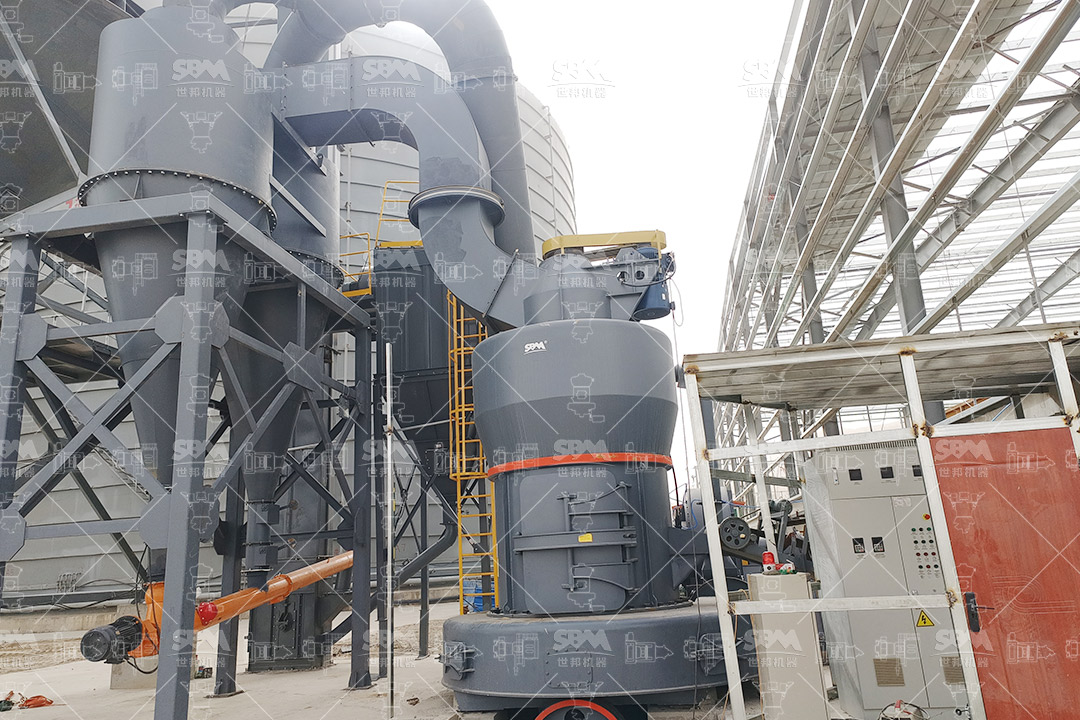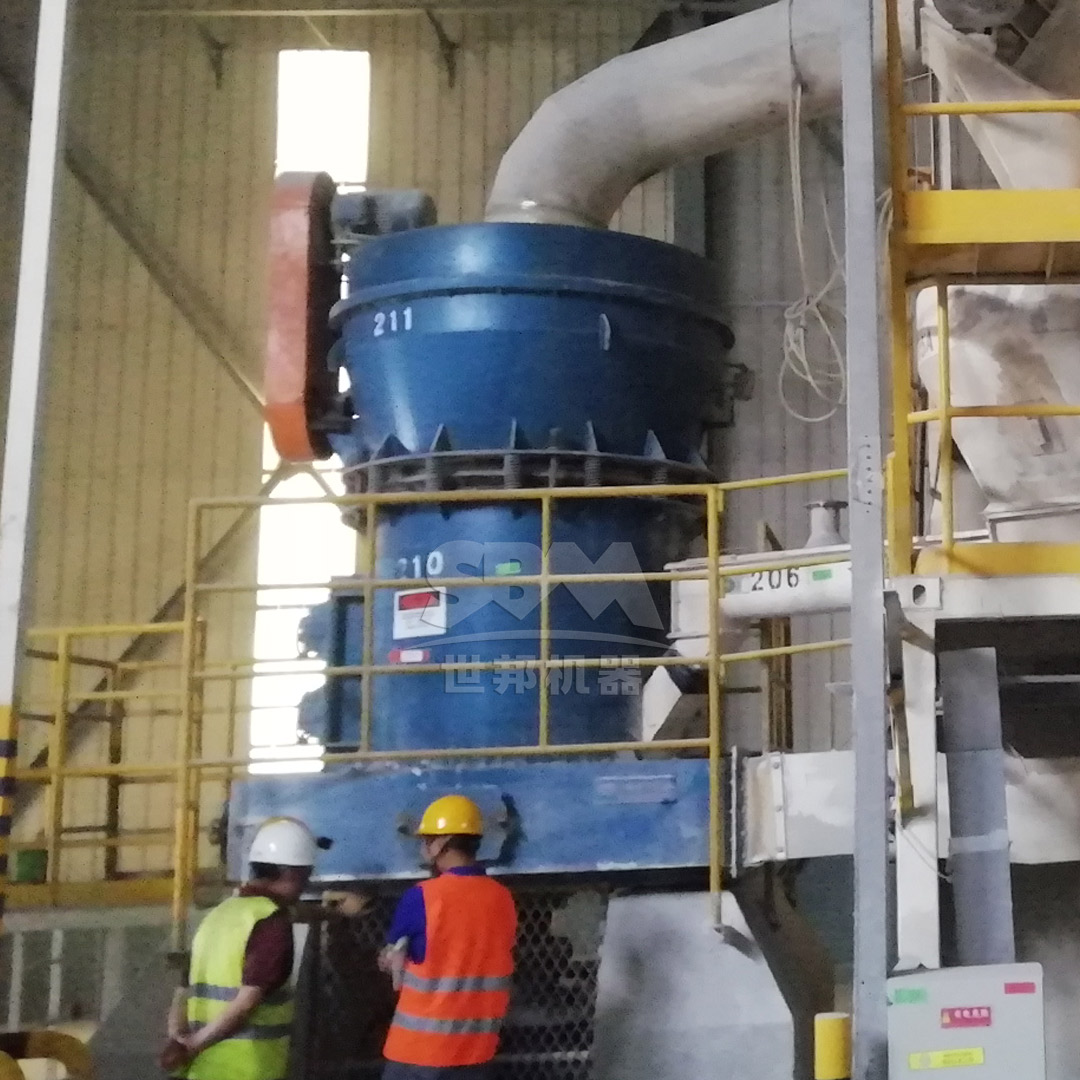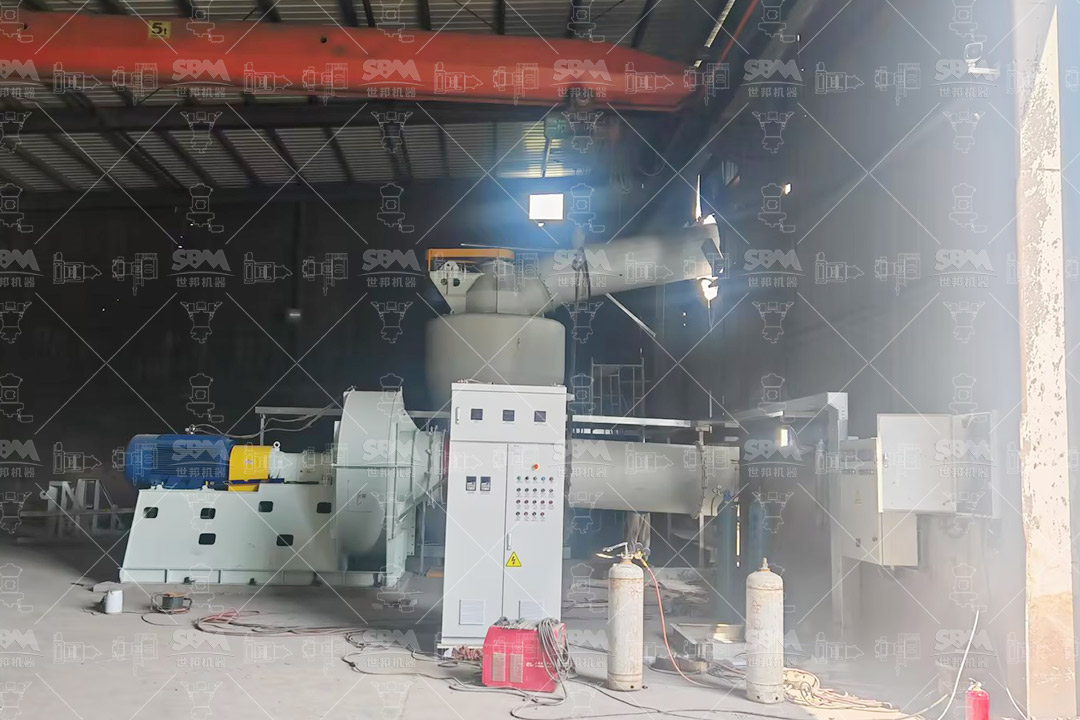Food-grade calcium carbonate powder represents one of the most essential mineral additives in modern food processing, serving as a nutritional supplement, acidity regulator, and processing aid. The production of this high-purity material requires specialized grinding equipment capable of meeting stringent food safety standards while achieving precise particle size distribution. Calcite, with its high calcium content and low levels of heavy metals, serves as the ideal raw material for food-grade calcium carbonate production.
The transformation of raw calcite into food-grade powder demands grinding technology that ensures chemical purity, controlled particle size, and microbiological safety. Modern grinding mills must address these requirements while maintaining energy efficiency and operational reliability. This article explores the technical considerations and equipment solutions for producing high-quality food-grade calcium carbonate powder.

Food-grade calcium carbonate must comply with international standards including FDA, EFSA, and other regional food safety regulations. Key specifications include:
Meeting these specifications requires grinding equipment that prevents contamination, maintains product purity, and delivers consistent particle size distribution.
Selecting appropriate grinding equipment for food-grade calcium carbonate involves multiple technical considerations. The mill must provide precise particle size control, prevent metallic contamination, ensure easy cleaning, and maintain energy efficiency. Additionally, the equipment should support closed-system operation to prevent external contamination and maintain hygienic conditions.
Different grinding principles offer varying advantages for calcite processing. Impact mills provide high capacity but may generate excessive heat, while compression mills offer better control over particle morphology. The choice between these technologies depends on the specific product requirements and production scale.
Food applications demand specific particle size characteristics. Anti-caking agents require finer particles (D90 < 10μm), while fortification applications may tolerate slightly coarser distributions. Modern classification systems enable precise control over the final product’s particle size distribution, ensuring optimal performance in the target application.

For operations requiring the finest particle sizes and tightest distribution control, the SCM Ultrafine Mill represents an optimal solution. This advanced grinding system delivers exceptional performance for food-grade calcium carbonate production with output fineness ranging from 325 to 2500 mesh (D97 ≤ 5μm).
The SCM series incorporates several technological advantages specifically beneficial for food-grade production:
| Model | Processing Capacity (ton/h) | Main Motor Power (kW) | Output Fineness (mesh) |
|---|---|---|---|
| SCM800 | 0.5-4.5 | 75 | 325-2500 |
| SCM900 | 0.8-6.5 | 90 | 325-2500 |
| SCM1000 | 1.0-8.5 | 132 | 325-2500 |
| SCM1250 | 2.5-14 | 185 | 325-2500 |
| SCM1680 | 5.0-25 | 315 | 325-2500 |
The working principle involves main motor-driven multi-layer grinding rings rotating to disperse material into the grinding path by centrifugal force. After sequential grinding by roller pressure, the final powder collection is completed by cyclone collector and pulse dust removal systems, ensuring a completely closed production process.
For operations requiring high capacity with medium fineness requirements, the MTW Series Trapezium Mill offers an excellent balance of performance and efficiency. With output fineness ranging from 30 to 325 mesh and capacity up to 45 tons per hour, this mill suits larger-scale food-grade calcium carbonate production facilities.
Key features beneficial for food applications include:
| Model | Processing Capacity (ton/h) | Main Motor Power (kW) | Output Fineness (mesh) |
|---|---|---|---|
| MTW110 | 3-9 | 55 | 30-325 |
| MTW138Z | 6-17 | 90 | 30-325 |
| MTW175G | 9.5-25 | 160 | 30-325 |
| MTW215G | 15-45 | 280 | 30-325 |
The operational principle involves the main motor driving grinding rollers to revolve around the central axis while rotating themselves to generate centrifugal force. Shovel blades throw materials between the grinding ring and roller to form a material layer, achieving efficient crushing through extrusion, with the classification system precisely controlling final particle size.

High-quality food-grade calcium carbonate begins with proper raw material selection and preparation. Calcite with low iron content and minimal impurities should be selected. Pre-treatment typically includes crushing to appropriate feed size (≤20mm for SCM series, ≤50mm for MTW series), washing to remove surface contaminants, and drying to optimal moisture content.
Advanced operations may incorporate magnetic separation to remove ferrous impurities and optical sorting to eliminate discolored particles. These pre-processing steps significantly enhance final product quality and reduce wear on grinding components.
Optimal grinding parameters depend on the specific mill configuration and desired product characteristics. Key control parameters include:
Modern grinding systems incorporate PLC-based automation to maintain these parameters consistently, ensuring product quality while minimizing operator intervention.
Post-grinding handling significantly impacts final product quality. Efficient cyclone collectors and baghouse filters ensure maximum product recovery while maintaining a dust-free environment. For food-grade applications, collection systems should feature smooth interiors, easy-clean designs, and food-compatible materials.
Packaging operations should maintain the product’s purity and prevent contamination. Automated packaging systems with food-grade liners and dust-tight connections preserve product quality throughout the packaging process.
Robust quality control systems are essential for food-grade calcium carbonate production. Key monitoring points include:
Modern grinding systems can integrate particle size analyzers for continuous monitoring, with automated feedback to control systems for real-time adjustment of grinding parameters.
Producers of food-grade calcium carbonate must maintain comprehensive documentation and appropriate certifications. These typically include:
Equipment selection should support these requirements through features such as cleanable designs, material traceability, and comprehensive documentation of equipment construction materials.
The economic viability of food-grade calcium carbonate production depends on both capital investment and ongoing operating expenses. Key cost factors include:
Advanced grinding systems like the SCM Ultrafine Mill and MTW Trapezium Mill offer favorable economics through energy efficiency, reduced maintenance requirements, and high reliability.
Return on investment for food-grade calcium carbonate production equipment typically ranges from 18 to 36 months, depending on production scale, product pricing, and operational efficiency. Premium products commanding higher prices generally justify more sophisticated grinding systems with enhanced capabilities.
Factors improving ROI include:
The future of food-grade calcium carbonate production will see continued technological evolution. Emerging trends include:
These advancements will further improve the efficiency, reliability, and economic performance of food-grade calcium carbonate production systems.
Environmental sustainability is increasingly important in mineral processing. Future developments will focus on:
Modern grinding systems already address many of these concerns through efficient design, comprehensive dust control, and low-noise operation.
The production of food-grade calcium carbonate powder requires specialized grinding equipment capable of meeting stringent quality and safety standards. The selection of appropriate grinding technology, whether the high-precision SCM Ultrafine Mill for finest applications or the high-capacity MTW Trapezium Mill for larger-scale production, significantly impacts product quality, operational efficiency, and economic performance.
Successful operations combine advanced grinding technology with robust quality control systems, proper raw material selection, and comprehensive food safety protocols. As consumer demand for high-quality food ingredients continues to grow, the importance of sophisticated grinding solutions for food-grade calcium carbonate will only increase.
By investing in appropriate technology and implementing best practices in production and quality assurance, producers can establish competitive positions in the growing market for food-grade mineral additives while ensuring the safety and quality of their products.